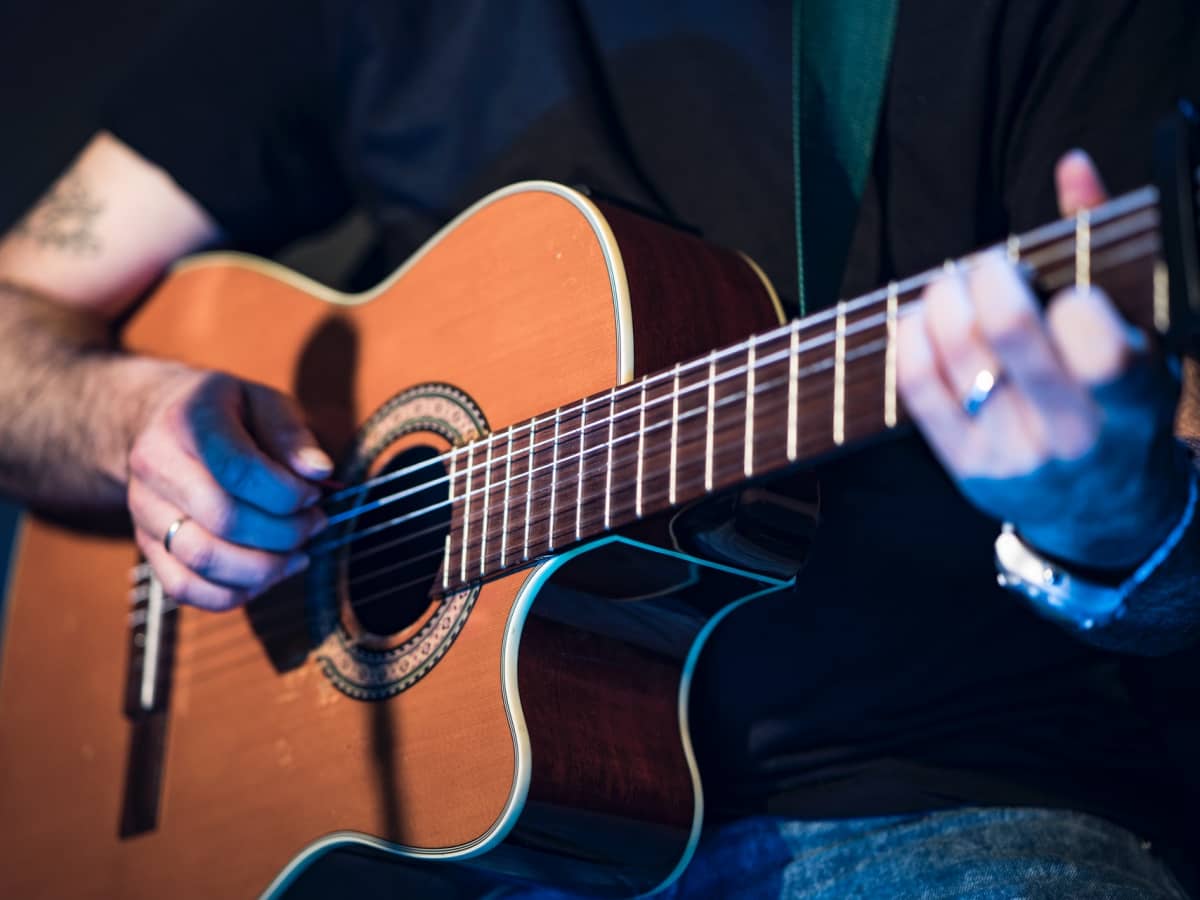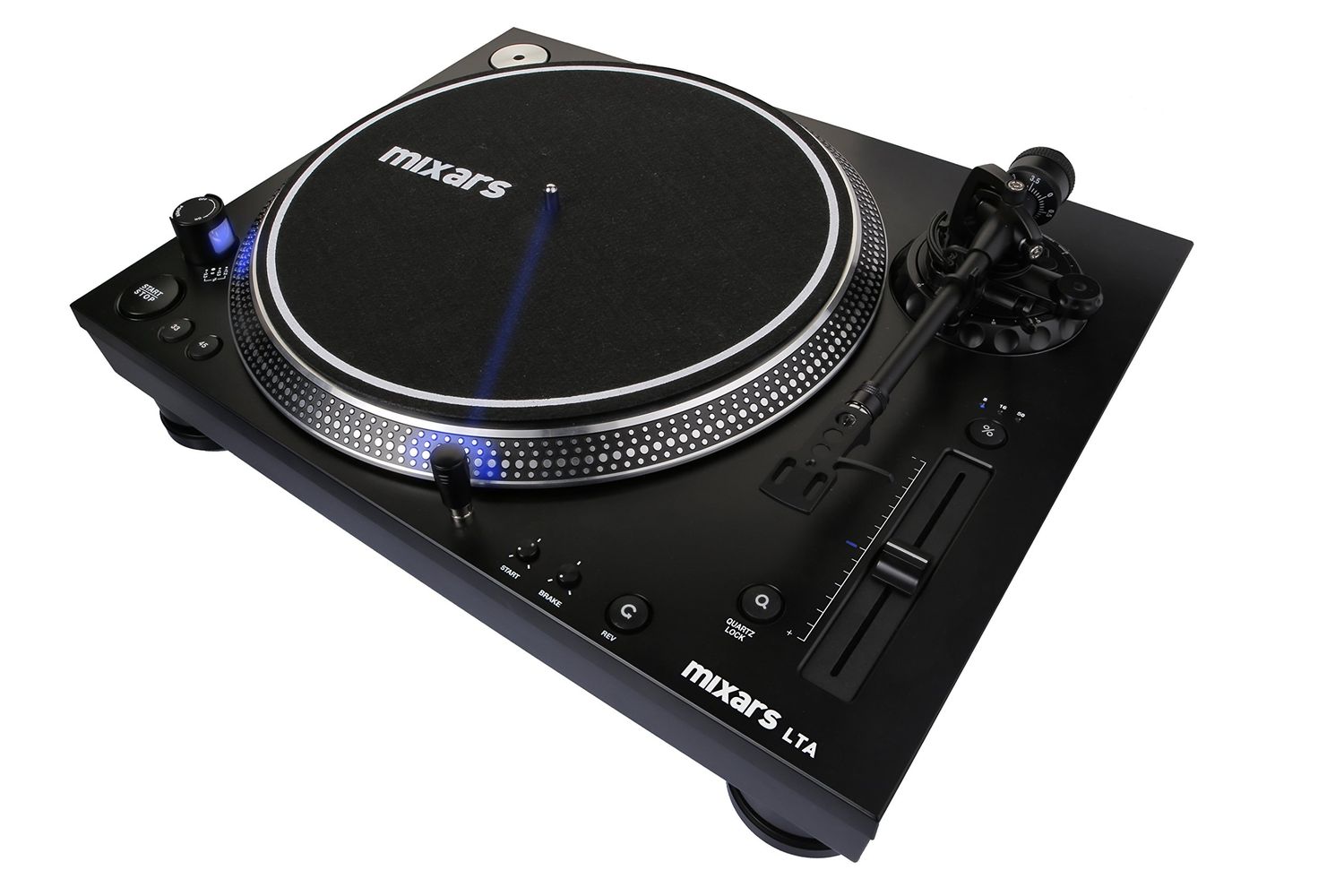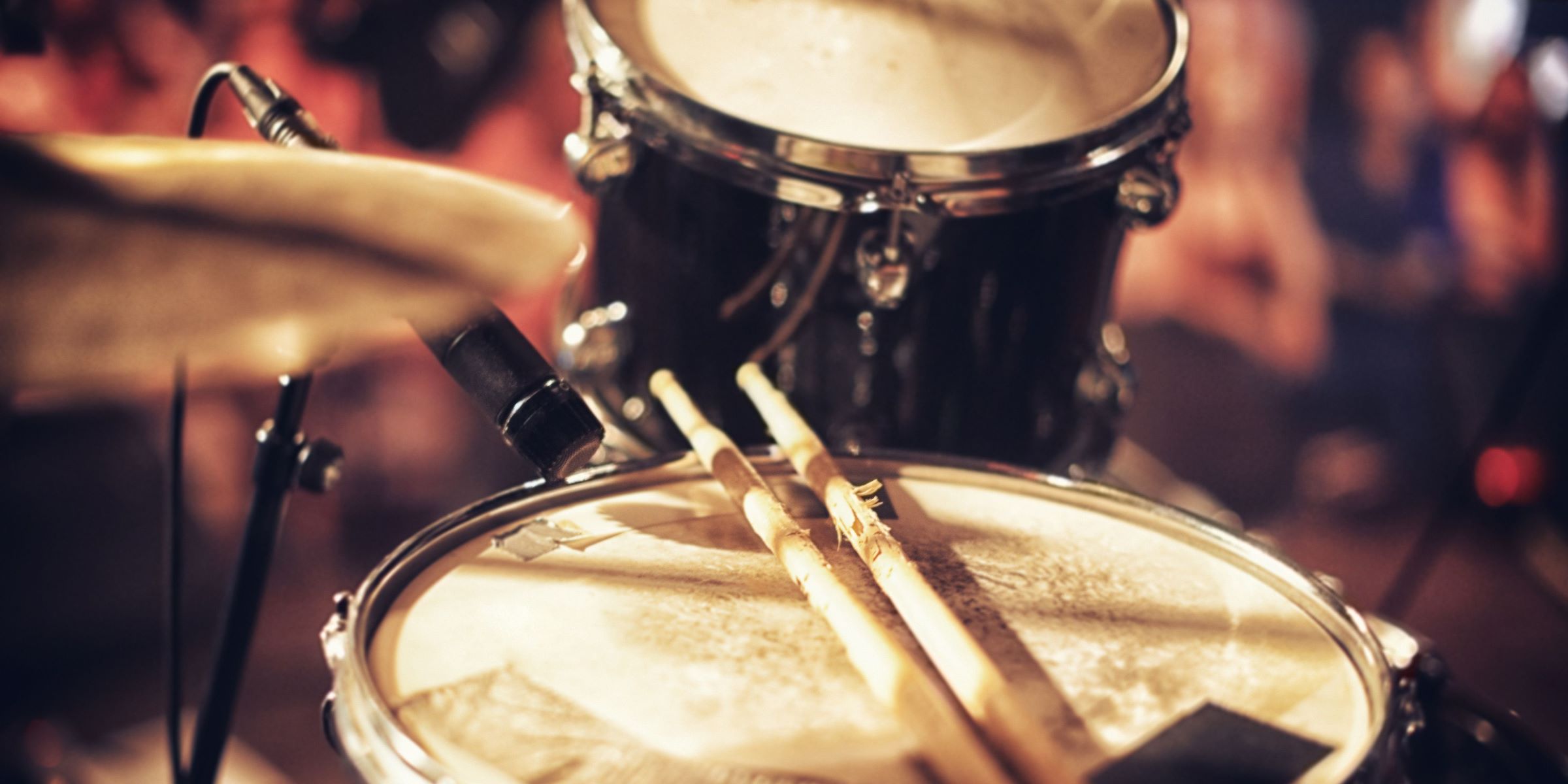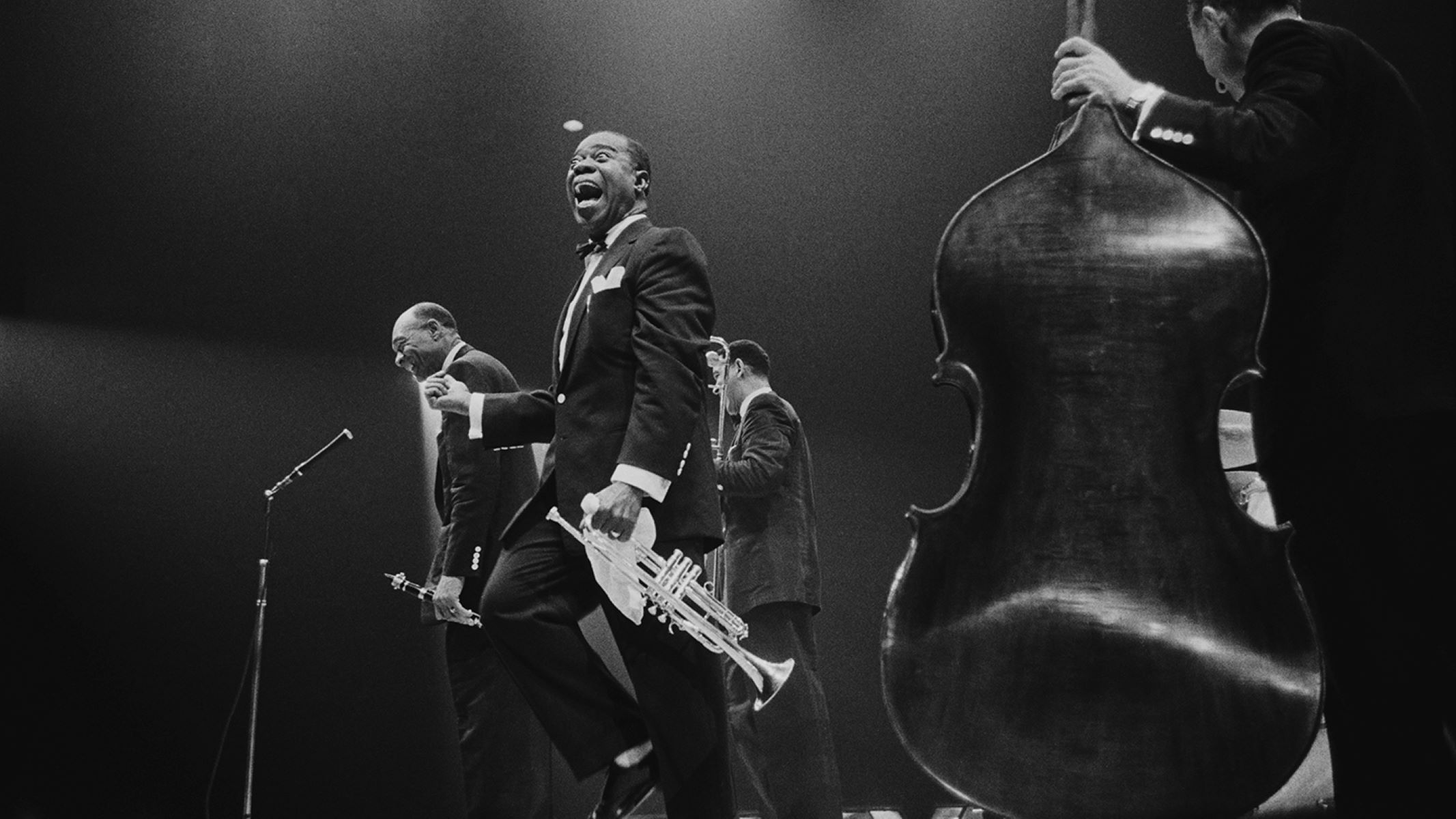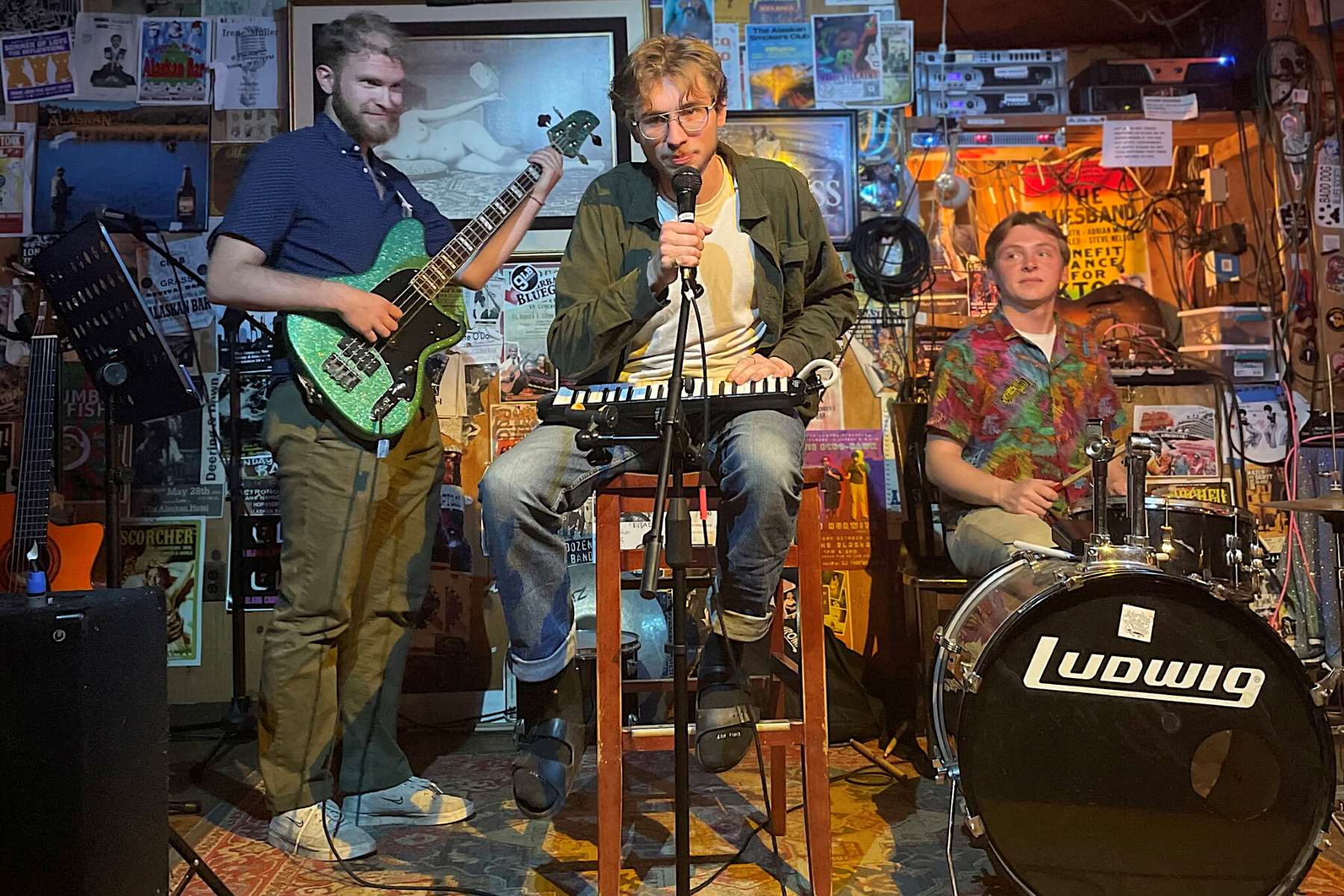

Jazz
What Is Hard Bop Jazz
Modified: January 22, 2024
Discover the captivating world of hard bop jazz, its origins, key artists, and influential albums. Immerse yourself in the rich history of this iconic genre.
(Many of the links in this article redirect to a specific reviewed product. Your purchase of these products through affiliate links helps to generate commission for AudioLover.com, at no extra cost. Learn more)
Table of Contents
Introduction
Hard bop jazz, also known as hard bop, emerged in the 1950s as a response to the cool and smooth sounds of West Coast jazz. This subgenre of jazz added more intensity and rhythmic complexity to the music, infusing it with a raw and soulful energy. Hard bop jazz is known for its powerful, emotive performances and improvisational prowess.
The origins of hard bop jazz can be traced back to the African-American communities of cities like New York and Philadelphia. The musicians who pioneered this style drew inspiration from bebop, blues, gospel, and R&B, blending these influences to create a distinctive sound that showcased their individuality and musical chops.
Hard bop jazz evolved as a reaction to the sometimes overly intellectual approach of cool jazz. Musicians sought to bring back the spontaneity and grit of early jazz, infusing it with elements of the blues and R&B to create a more accessible and emotional experience for both musicians and listeners.
One of the iconic albums that exemplified the hard bop jazz movement is Art Blakey & The Jazz Messengers’ “Moanin’.” Released in 1958, this album showcased the powerful rhythm section of drummer Art Blakey and pianist Bobby Timmons, along with the explosive saxophone playing of Benny Golson. “Moanin'” became a classic, capturing the spirit and essence of hard bop jazz.
Over the years, hard bop jazz continued to evolve and diversify, incorporating elements of Latin jazz, funk, and avant-garde influences. The genre also played a significant role in the civil rights movement, with musicians using their art to express their frustrations and demand social justice.
In this article, we will delve deeper into the origins, characteristics, key influencers, and lasting impact of hard bop jazz. Join us as we explore the rich musical landscape of this genre and uncover its enduring legacy in the world of jazz.
Origins of Hard Bop Jazz
The origins of hard bop jazz can be traced back to the 1950s, a time when jazz was experiencing a transition from the cool and sophisticated sounds of West Coast jazz to a more intense and emotionally charged style. Hard bop emerged as a response to the softer, more cerebral approach of cool jazz, seeking to bring back the energy and improvisational spirit of early jazz.
One of the key initiators of the hard bop movement was the legendary trumpeter, Clifford Brown. Alongside other influential artists such as drummer Art Blakey, saxophonist Cannonball Adderley, and pianist Horace Silver, Brown sought to infuse jazz with elements of blues, gospel, R&B, and African-American musical traditions.
The African-American communities of cities like New York and Philadelphia played a significant role in shaping the sound and direction of hard bop jazz. Musicians in these communities were deeply influenced by the rich musical heritage of African-American culture and expressed their unique experiences and struggles through their music.
Hard bop also drew inspiration and influence from its predecessor, bebop. Bebop, which emerged in the 1940s, was characterized by its fast tempos, complex harmonies, and virtuosic improvisation. Hard bop retained these elements but added a stronger emphasis on blues and groove.
The hard bop movement gained further momentum with the rise of independent record labels like Blue Note and Prestige Records. These labels provided a platform for hard bop musicians to record and release their music, allowing the genre to reach a wider audience.
Another important catalyst for the development of hard bop jazz was the Civil Rights Movement. Musicians used their art form to express their experiences and struggles as African-Americans, amplifying their voices and demanding social justice. The music became a reflection of the times, depicting both the pain and hope of the era.
With its roots in the African-American communities and its connection to the civil rights movement, hard bop jazz became not only a musical style but also a form of cultural expression and identity. It captured the spirit of resilience and triumph in the face of adversity and continued to evolve and adapt over the years.
As we delve deeper into the characteristics and influences of hard bop jazz in the next sections, we will uncover the unique qualities that make this genre a significant contribution to the world of jazz.
Characteristics of Hard Bop Jazz
Hard bop jazz is defined by its distinctive characteristics, which set it apart from other subgenres within the jazz spectrum. These characteristics contribute to the genre’s raw, energetic, and soulful nature, creating a powerful and captivating musical experience. Here are some key elements that define the essence of hard bop jazz:
- Rhythm and Swing: Hard bop jazz is known for its infectious rhythmic drive and swinging feel. The rhythm section, typically consisting of drums, bass, and piano, forms a tight and powerful foundation, propelling the music forward with a relentless groove.
- Blues Influence: Hard bop jazz pays homage to its blues roots, infusing the music with soulful melodies, expressive phrasing, and emotional intensity. The use of blue notes and the incorporation of blues scales add a distinct flavor and depth to the improvisations.
- Strong Improvisation: Improvisation is at the heart of hard bop jazz. Musicians showcase their virtuosity and creativity by spontaneously creating melodies, harmonies, and rhythmic variations. The improvisations often feature complex lines, intricate phrasing, and daring rhythmic ideas.
- Hard-Hitting and Swinging Horns: The horn players in hard bop jazz, such as trumpet, saxophone, and trombone, deliver powerful and soulful performances. They explore the full range of their instruments, showcasing technical prowess, emotional depth, and a relentless energy that captivates the listener.
- Modal and Harmonic Complexity: Hard bop jazz incorporates complex harmonic progressions and modal structures. Musicians explore rich chord voicings, extended harmonies, and modal scales, creating a dynamic interplay between the melody and the underlying harmony.
- Call and Response: Hard bop jazz often features call and response sequences between the soloist and the accompanying musicians. This interactive and conversational approach adds a sense of dialogue and spontaneity, allowing musicians to engage in musical conversations and build upon each other’s ideas.
- High-Energy Performances: Hard bop jazz is characterized by its high-energy, passionate performances. Musicians bring a fiery intensity to their playing, captivating the audience with their technical prowess, emotional expressiveness, and sheer joy of making music.
- Incorporation of Afro-Cuban and Latin Influences: In addition to blues and gospel, hard bop jazz also draws inspiration from Afro-Cuban and Latin music. Musicians incorporate Latin rhythms, percussion instruments, and melodic ideas, adding a vibrant and infectious element to their compositions and improvisations.
These characteristics collectively create the unique sound and experience of hard bop jazz. The genre’s ability to combine musical complexity with emotional depth and raw energy continues to captivate audiences and hold a significant place in the evolution of jazz.
Influences and Innovators
Hard bop jazz was influenced by various musical genres and artists, shaping its unique sound and style. From the blues to bebop, these influences played a crucial role in defining and evolving the genre. Additionally, several prominent innovators emerged during the hard bop era, pushing the boundaries of the genre and leaving a lasting impact on the jazz landscape.
One of the major influences on hard bop jazz was the blues. The genre’s deep connection to the blues brought forth a soulful and emotive quality. Musicians incorporated blues tonalities, scales, and expressive techniques into their playing, infusing their improvisations with raw emotion and intensity.
Another significant influence on hard bop was bebop. Bebop, with its complex harmonies and virtuosic improvisations, laid the foundation for the technical and harmonic aspects of hard bop jazz. Artists like Dizzy Gillespie, Charlie Parker, and Bud Powell expanded the possibilities of improvisation and influenced the next generation of hard bop musicians.
Art Blakey, the renowned drummer and bandleader, played a pivotal role in shaping the hard bop movement. As the leader of the Jazz Messengers, Blakey’s hard-hitting drumming style and dynamic compositions provided a platform for young talent to thrive. His band became a proving ground for emerging artists, including Lee Morgan, Wayne Shorter, and Freddie Hubbard, who went on to have successful careers as hard bop innovators themselves.
Trumpeter Clifford Brown, although his life and career were tragically cut short, left a lasting impact on hard bop jazz. Known for his warm tone, impeccable technique, and melodic approach, Brown’s playing embodied the essence of the genre. His collaborations with saxophonist Sonny Rollins and pianist Max Roach resulted in memorable recordings that continue to inspire and influence musicians today.
Pianist Horace Silver was another key figure in the hard bop movement. His compositions, such as “Song for My Father” and “Filthy McNasty,” blended elements of jazz, blues, and Latin music, creating a signature sound that resonated with audiences. Silver’s piano playing also showcased a unique blend of soulfulness and rhythmic drive, earning him a place among the influential innovators of hard bop.
Saxophonist Cannonball Adderley, known for his soulful and exuberant playing, brought a fresh approach to hard bop jazz. His collaborations with his brother, cornetist Nat Adderley, produced albums like “Somethin’ Else” and “Mercy, Mercy, Mercy!” that featured infectious grooves and memorable melodies, solidifying Cannonball’s impact on the genre.
Other notable innovators and influential figures in hard bop jazz include saxophonist Jackie McLean, trombonist J.J. Johnson, and trumpeter Lee Morgan. These artists, among many others, contributed to the growth and development of hard bop jazz, pushing its boundaries and enriching its musical landscape.
Through the collective influence and innovation of these musicians, hard bop jazz gained recognition as a significant movement within the jazz genre. Their contributions continue to resonate, inspiring generations of musicians to explore and contribute to the evolving language of jazz.
Impact and Legacy of Hard Bop Jazz
Hard bop jazz has left an indelible mark on the world of jazz and has had a lasting impact on subsequent generations of musicians. Its influence can be seen in various aspects of jazz and even beyond the genre. Here are some key aspects of the impact and legacy of hard bop jazz:
Revitalizing Jazz: Hard bop jazz breathed new life into the genre during a time when jazz was experiencing a shift towards more subdued and intellectual styles. Its raw energy and soulful expression reignited the passion and excitement of early jazz, attracting a new generation of listeners and musicians.
Fusion of Genres: Hard bop jazz blurred the boundaries between jazz, blues, R&B, gospel, and Latin music. This fusion of genres created a vibrant and dynamic sound that appealed to a wide range of audiences, contributing to the genre’s popularity and influence.
Cultural Expression and Social Commentary: Hard bop jazz, like many forms of African-American music, served as a platform for cultural expression and social commentary. Musicians used their art to reflect the experiences and struggles of African-Americans, bringing attention to civil rights issues and advocating for change.
Expanding Improvisational Language: The innovations of hard bop jazz expanded the vocabulary and possibilities of improvisation. Musicians began incorporating elements of blues, gospel, and Latin rhythms into their playing, challenging traditional conventions and opening new avenues for creativity.
Prolific Recordings: Hard bop jazz saw a surge in recording activity, with labels like Blue Note and Prestige Records providing a fertile ground for musicians to release their music. The era produced numerous influential and iconic albums that continue to be celebrated and studied by musicians and jazz enthusiasts today.
Architects of Modern Jazz: Many of the musicians associated with hard bop jazz went on to become influential figures in modern jazz. Their contributions extended beyond the genre, shaping the course of jazz and influencing future movements and styles.
Continued Relevance: Hard bop jazz’s enduring legacy can be heard in contemporary jazz and other music genres. Its infectious rhythms, powerful improvisations, and blend of influences continue to inspire musicians across different styles, keeping the spirit of hard bop alive.
As jazz continues to evolve and adapt to the ever-changing musical landscape, the impact of hard bop jazz remains significant. Its fusion of genres, emphasis on individual expression, and vibrant energy continue to resonate with audiences and inspire new generations of musicians to push the boundaries of the art form.
Conclusion
Hard bop jazz stands as a genre that revolutionized the jazz landscape, injecting it with a raw, soulful energy and reclaiming the spirit of early jazz. Its fusion of blues, gospel, R&B, and Latin influences created a sound that resonated with audiences and influenced generations of musicians.
Originating from the African-American communities of cities like New York and Philadelphia, hard bop jazz provided an expressive outlet for artists to share their experiences, struggles, and aspirations. With its emphasis on improvisation and its powerful rhythmic drive, hard bop jazz became a powerful form of cultural expression and social commentary.
The shift from cool jazz to hard bop brought forth a new wave of innovators who left an indelible mark on the genre. Musicians like Art Blakey, Clifford Brown, Horace Silver, and Cannonball Adderley, among others, pushed the boundaries of jazz and paved the way for future developments in the genre.
The impact and legacy of hard bop jazz can be felt far beyond its initial era. Its fusion of genres, expansion of improvisational language, and cultural significance continue to shape and inspire contemporary jazz and beyond. By challenging conventions and expanding the possibilities of jazz, hard bop jazz has contributed to the rich tapestry of musical expression.
As we reflect on the influence of hard bop jazz, we recognize its enduring legacy and the profound contributions of the musicians who propelled it forward. Their artistry, passion, and commitment continue to resonate, ensuring that the spirit of hard bop jazz remains alive and continues to inspire future generations of musicians and listeners.


